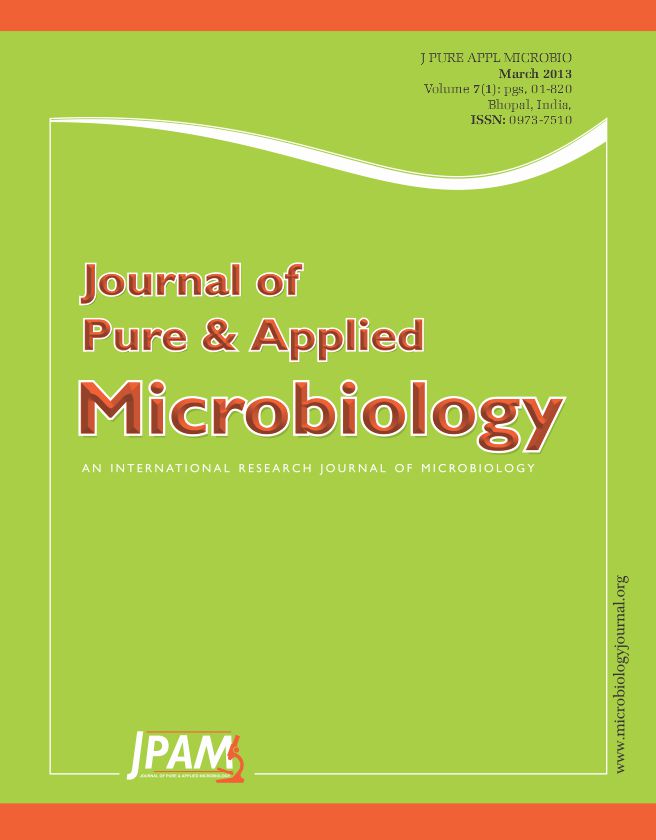Fenitrothion and butachlor are widely used pesticides in pest control. These pesticides are released into the environment presenting a potential hazard risk. Only limited data are available on the microbial biodegradation of fenitrothion butachlor. Biodegradation of fenitrothion and butachlor by different six microorganisms were investigated. These strains were isolated from an agricultural soil and found to actively utilized butachlor, as a sole source of carbon and energy. Based on their morphological and biochemical categorization, the six microorganisms isolates were identified as Pseudomonas alcaligens, Bacillus licheniformis, Bacillus megaterium, Trichoderma viride, Rhizobium huakuii and Bradyrhizobium japonicum. Results showed that the Trichoderma viride and Pseudomonas alcaligens presented an average value of degradation of 98% and 75% respectively in a medium containing 50 mg/kg of butachlor after 15 and 21 days. According to these results, both organisms revealed considerable potential for application in bioremediation of contaminated water with fenitrothion butachlor residues.
Pesticides, Fenitrothion, Butachlor, Biodegradation, Microorganisms
© The Author(s) 2014. Open Access. This article is distributed under the terms of the Creative Commons Attribution 4.0 International License which permits unrestricted use, sharing, distribution, and reproduction in any medium, provided you give appropriate credit to the original author(s) and the source, provide a link to the Creative Commons license, and indicate if changes were made.


